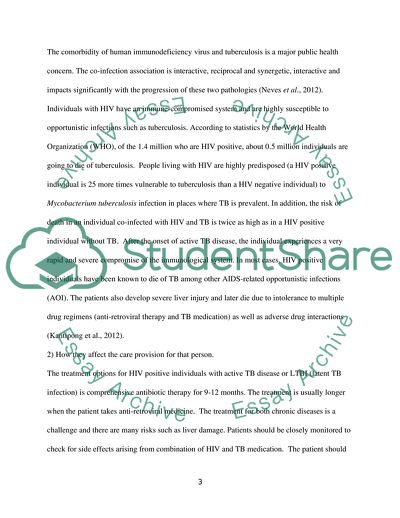Cite this document
(Chronic Medical Conditions and Pharmacological Challenges Assignment - 2, n.d.)
Chronic Medical Conditions and Pharmacological Challenges Assignment - 2. https://studentshare.org/health-sciences-medicine/1801190-short-answer-questions
Chronic Medical Conditions and Pharmacological Challenges Assignment - 2. https://studentshare.org/health-sciences-medicine/1801190-short-answer-questions
(Chronic Medical Conditions and Pharmacological Challenges Assignment - 2)
Chronic Medical Conditions and Pharmacological Challenges Assignment - 2. https://studentshare.org/health-sciences-medicine/1801190-short-answer-questions.
Chronic Medical Conditions and Pharmacological Challenges Assignment - 2. https://studentshare.org/health-sciences-medicine/1801190-short-answer-questions.
“Chronic Medical Conditions and Pharmacological Challenges Assignment - 2”. https://studentshare.org/health-sciences-medicine/1801190-short-answer-questions.


